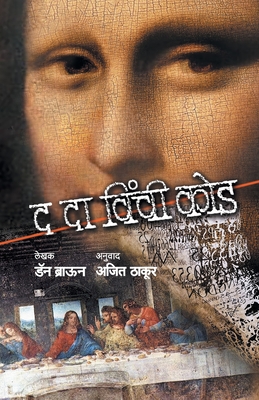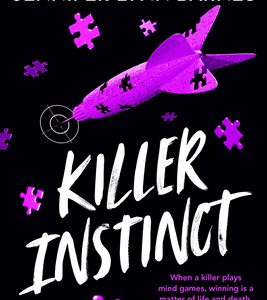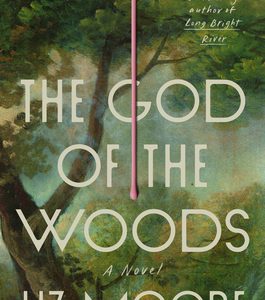Title: The Da Vinci Code
Author: Dan Brown
Genre: Thriller, Mystery
Publication Date: March 18, 2003
Synopsis:
The Da Vinci Code is a bestselling thriller novel by Dan Brown that combines elements of history, religion, and suspense into a gripping narrative. The story follows Robert Langdon, a Harvard symbologist, who is called to the Louvre Museum in Paris after the murder of its curator, Jacques Saunière.
The curator’s body is found in a cryptic pose, and the museum is left with a series of enigmatic clues. Langdon, along with French cryptologist Sophie Neveu, discovers that Saunière was involved in a secret society and that his murder is linked to a long-standing conspiracy. The clues lead them to unravel a mystery involving hidden codes, secret societies, and a controversial religious secret.
Key Plot Points:
- The Murder: Jacques Saunière is found dead in the Louvre, his body arranged in a way that hints at a deeper mystery.
- The Clues: The clues left by Saunière point to a hidden truth about the Holy Grail and challenge conventional religious beliefs.
- The Pursuit: Langdon and Neveu are pursued by both the police and a clandestine organization as they seek to solve the mystery before it is too late.
- The Revelation: The investigation uncovers a series of shocking revelations about historical and religious secrets that have been kept hidden for centuries.
Themes:
- Religion and History: The novel delves into controversial interpretations of religious history and the role of secret societies.
- Truth and Deception: It explores the nature of truth, how it is perceived, and the extent to which people will go to protect or uncover it.
- Symbolism and Codes: The story is rich with symbolic meaning and cryptic codes, reflecting themes of knowledge and mystery.
Characters:
- Robert Langdon: A Harvard professor of symbology and the protagonist of the novel. His expertise in symbols and codes is crucial to unraveling the mystery.
- Sophie Neveu: A French cryptologist and the granddaughter of the murdered curator. She becomes Langdon’s ally in solving the case.
- Jacques Saunière: The murder victim, whose death sets off the chain of events. He was a key figure in the Priory of Sion, a secret society.
- Opus Dei: A controversial Catholic organization that plays a significant role in the novel’s plot.
Writing Style:
Dan Brown’s writing is characterized by its fast pace, intricate plotting, and cliffhangers. He integrates real historical and religious elements with fictional twists to create a compelling narrative that keeps readers engaged.
Critical Reception:
The Da Vinci Code became a global bestseller and was praised for its gripping plot and thought-provoking themes. However, it also faced criticism from religious groups and historians for its controversial take on historical and religious facts.
Adaptations:
The novel was adapted into a successful film in 2006, directed by Ron Howard and starring Tom Hanks as Robert Langdon. The film further popularized the story and brought it to a wider audience.
Legacy:
The Da Vinci Code has had a significant impact on popular culture, influencing the thriller genre and sparking discussions about religion and history. It remains one of the best-selling books of all time and has inspired numerous sequels and related works.





Reviews
There are no reviews yet.